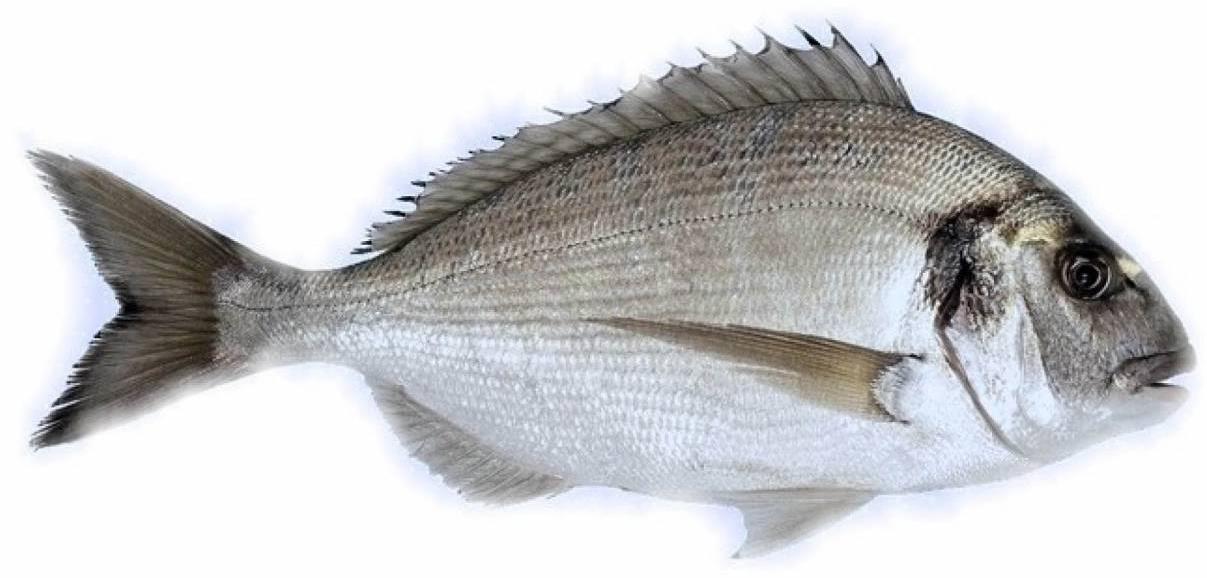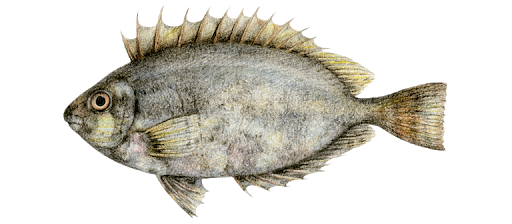Outreach
Get to know more about the species of CLIM-ECO2 Project

Mediterranean fisheries
The Mediterranean Sea is characterized by a wide selection of species exploited since the antiquity, unlike the large Atlantic fisheries, which are essentially mono-specific. Consequently, today we find a great diversity of gear and trades in the Mediterranean, with cohabitation between industrial fishing and small-scale artisanal fishing. Annual production is estimated at around 1.2 million tonnes, employs over 100,000 people, and provides essential food and socio-economic support to livelihood.
As a part of the CLIM-ECO² project, we focused on a list of 17 Mediterranean species, representing about two thirds of the annual catches, in particular small pelagic fish such as anchovies or sardines, cephalopods such as common octopus, species with high economic value such as gilthead seabream and European seabass. The list included also 5 new species arriving from the Red Sea such as the lionfish.

Non Indigenous species
As a result of the climate change, the temperate waters of the Mediterranean are warming, offering new potential habitats for marine species with a warm affinity. In this context, the Suez Canal acts as a corridor for tropical species from the Red Sea, which can now extend their range distribution in the Mediterranean, and potentially become invasive there.
Some of these species, like the lionfish, have already settled in the Mediterranean. For this, it is necessary to predict their future dispersal and the risk of becoming invasive, leading to significant ecological and socio-economic impacts. This work was carried out as part of the CLIM-ECO² project on a selection of species already observed in the Mediterranean, some of them are edible and starting to be eaten in the eastern Mediterranean.
















